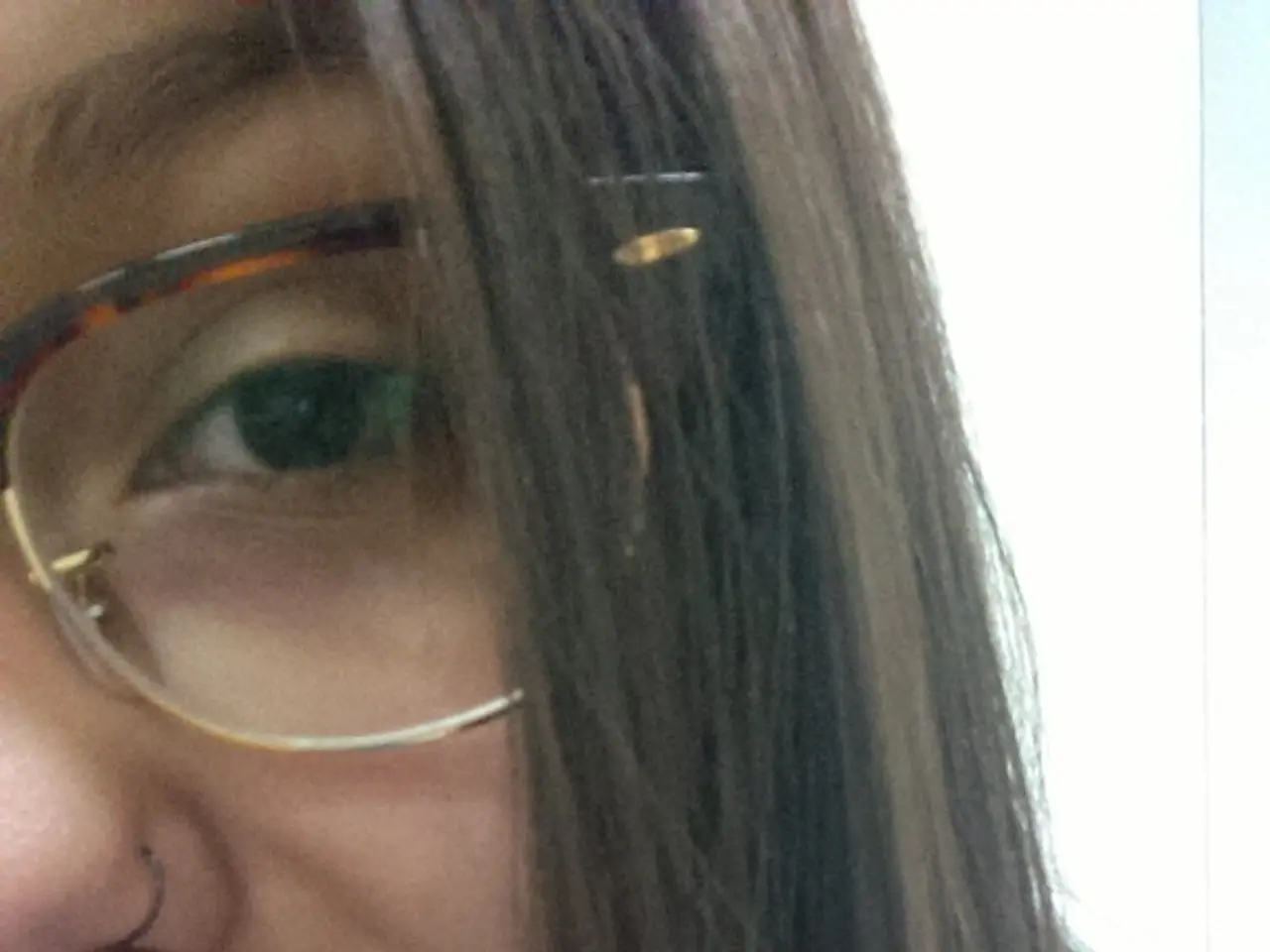Anticipating Cataract Surgery Healing: A Look at Post-Procedure Expectations
After undergoing cataract surgery, patients can typically go home the same day. However, a period of rest and care is essential for a successful recovery.
During the recovery period, individuals are advised to rest their eyes, avoid strenuous activities, protect their eyes from irritants, maintain hygiene, and follow medical instructions carefully.
Rest and avoid strain are crucial. Patients should avoid heavy lifting, bending over, or strenuous exercise for at least one week to prevent increased eye pressure and stress on the surgical site.
Protecting the eyes is also important. Wearing sunglasses outdoors to shield the eyes from bright light and UV rays, and using a protective eye shield or transparent goggles during waking hours for the first week, especially at night, are recommended.
Avoiding touching or rubbing the eyes can risk infection or disrupt healing. If itching or discomfort occurs, use prescribed eye drops rather than rubbing.
Keeping eyes clean, but avoiding direct water exposure is essential. Do not wash eyes with tap water or allow dirty water, soap, or shampoo to enter the eyes for at least 10 days to 2–3 weeks. Take baths below the chin and wipe your face with a clean wet towel instead.
Avoiding eye makeup and swimming for at least two weeks is also recommended to prevent infection.
Limiting screen time initially is advisable to reduce eye strain. Using phones or TV is okay in moderation, but limit screen use in the first few days.
Resuming light activities gradually is advisable. Gentle walking or light housework can begin within a few days once comfortable, but avoid contact sports, heavy exercise, or activities that risk eye injury for at least 2–3 weeks.
Following medication and appointments is crucial. Use prescribed eye drops diligently and do not skip follow-up visits to monitor healing and catch any complications early.
Watching for warning signs is essential. Seek immediate medical help if you experience severe pain, sudden vision loss, excessive redness, or unusual symptoms.
Additional advice includes maintaining a healthy diet to support healing, avoiding alcohol initially especially if on medications, and postponing driving until your doctor confirms it is safe, usually after about a week but varies individually.
Patients should wash their hands before using eye drops, start using them the morning after surgery, and continue until a doctor advises. After cataract surgery, a doctor may place a protective shield over the eye, and people may need to wear it during sleep for a week.
To clean the eye after cataract surgery, patients can wash their hands with soap and water, dip clean gauze or cotton wool into warm water, and gently wipe from the inner part of the eye to the outer corner.
People should contact a doctor straight away if they experience any loss of vision, eye pain, increased redness of the eye, flashing lights, a dark curtain closing in on vision or floaters, nausea, vomiting, excessive coughing, or any other unusual symptoms after cataract surgery.
Patients should avoid getting soap or shampoo in the eye, swimming for 4 to 6 weeks, strenuous activity or exercise, wearing makeup for 4 weeks, air travel without checking with a healthcare professional, and driving without checking with a healthcare professional after cataract surgery.
Patients can bathe or shower the day after surgery, but they need to take care to avoid getting any water hitting the eye. Unless a doctor instructs otherwise, patients should avoid sharing eye drops with anyone else. Wearing a pad and a plastic shield over the eye may be recommended for a day after the surgery.
People can return to their everyday activities within a few days or weeks after cataract surgery, but it may take up to 1 month for the eyes to feel normal again. People may find it easier to sleep on the side of the unaffected eye after cataract surgery to reduce pressure on the healing eye.
Read also:
- Analysis of Ro Hair Loss Solution: Is it the Optimal Choice for Male Pattern Baldness?
- Delhi sees city-wide canine capture following judicial order by Indian court
- Digital aid now available: Assisting individuals with dementia via the internet
- Reinforcing its Upper Echelon: Dxcover Bolsters Leadership with Elite Scientific Consultants and Board Members of Global Repute




